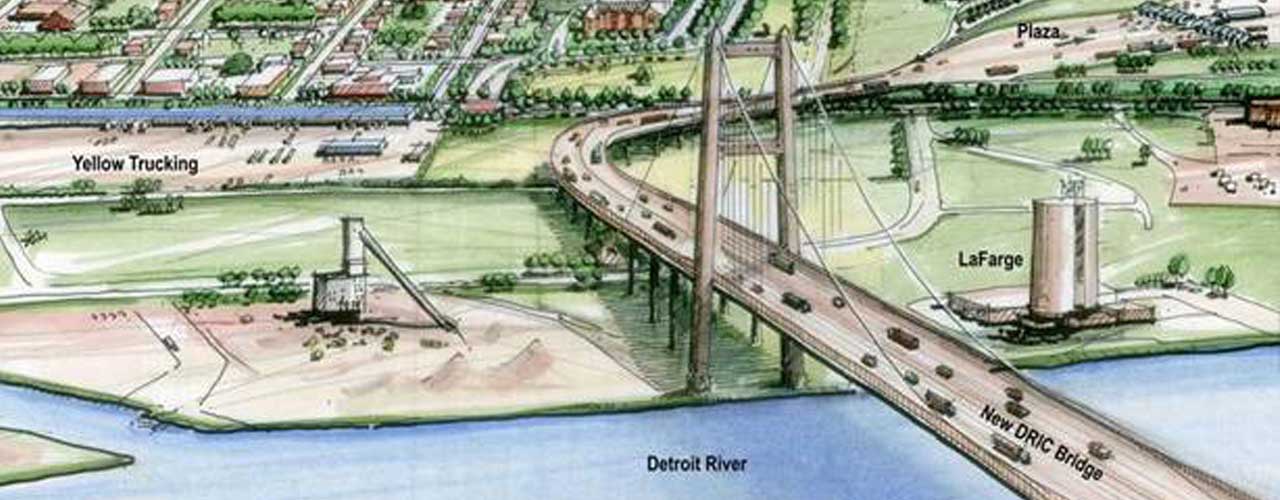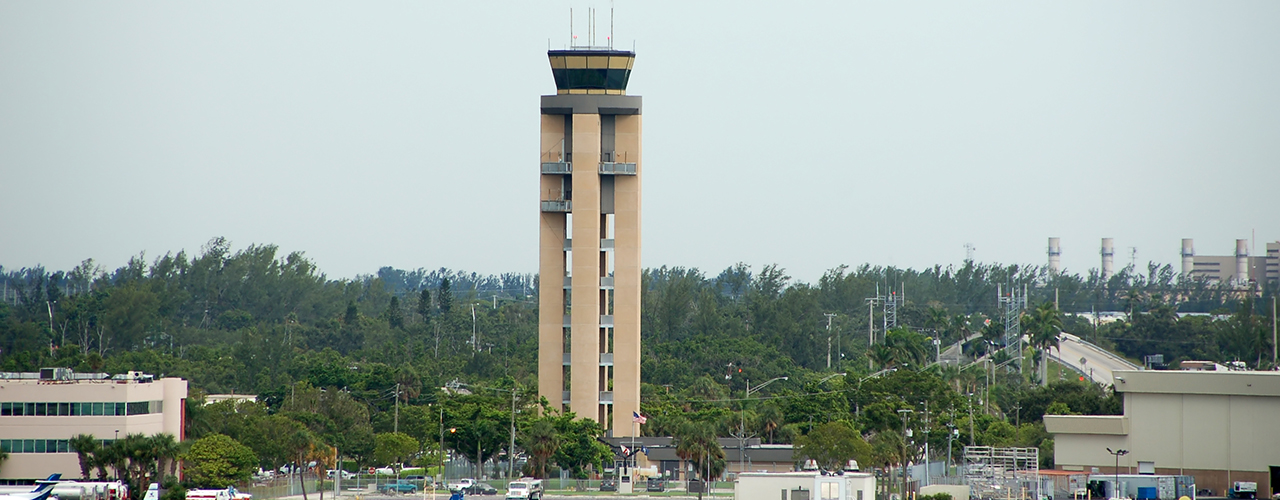Presentation at 14th TRB Applications Conference
The Corradino Group was part of a team of consultants retained by FDOT District 4 to conduct a PD&E study for implementing managed lanes for I-95 between Stirling Road in Broward County and Linton Boulevard in Palm Beach County. The type of managed lanes that would be developed for this project are known as high-occupancy-toll, or HOT lanes, and would be an extension of the 95 Express HOT lanes now operating between downtown Miami and the Golden Glades interchange in Miami-Dade County. In a nutshell, HOT lanes are physically separated from the existing general purpose lanes. A toll must be paid to use the lanes except for registered carpools with three or more occupants and buses. Trucks are not allowed in the HOT lanes. The tolls are assessed electronically with the same transponders used by the Florida Turnpike, so they are familiar to many south Florida resident. The tolls charged to use the lanes vary with the level of congestion in the HOT lanes. The whole idea here is to charge a sufficient toll to guarantee a trip of at least 45 miles per hour in the HOT lanes. When congestion starts to slow down travel in the HOT lanes, the toll is increased with the goal of encouraging travelers to use the general purpose lanes, thereby allow the HOT lanes to flow more freely. Conversely, when traffic in the HOT lanes is light, for example at night, the toll in the HOT lanes is reduced to encourage greater use of the HOT lanes. For most of the I-95 project, the HOT lanes will replace the under-utilized carpool lanes. The idea is to sell the excess capacity and provide a fast trip for a price. Managing the lanes is the primary goal. Revenue generation is a secondary goal.
Corradino's Srin Varanasi presented a paper at the 14th TRB Applications Conference in May 2013. Srin described how, for the I-95 managed lanes project, Corradino and FDOT developed a much more sophisticated models that report traffic, travel times, speeds, and revenues for all roads, including HOT lanes, for morning and afternoon rush hours, and for the rest of the day. To use these more detailed model results. Corradino used advances in travel demand analysis software to produce expected roadway flows, ramp volumes, and ramp-end intersection operation volumes for the proposed managed lane. The analysis also produced the required travel demand data files for operational microsimulation of the project.



